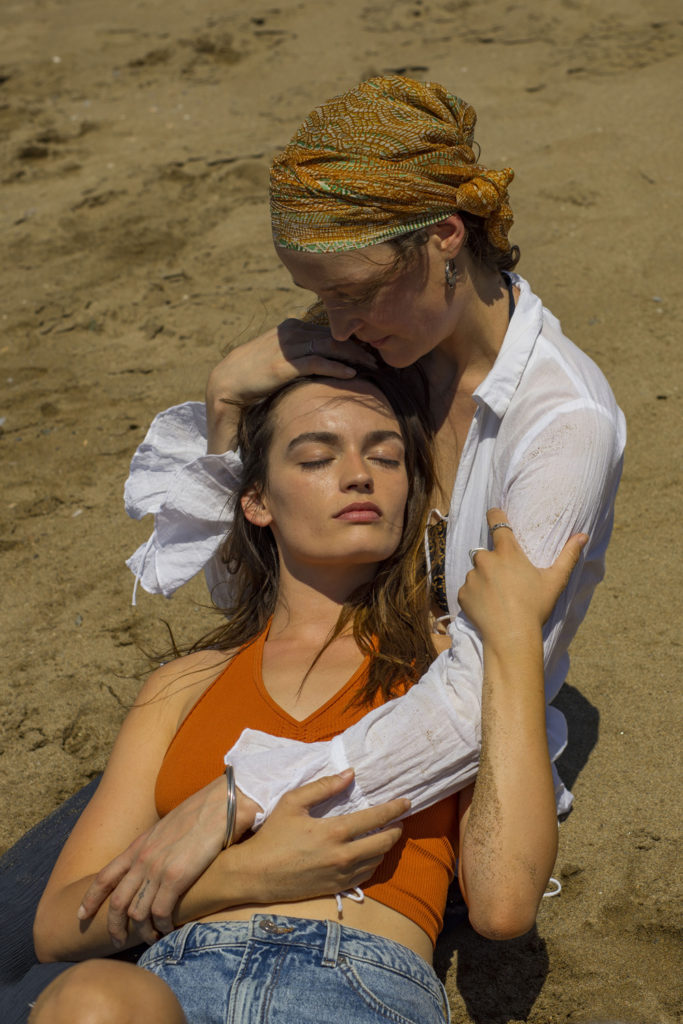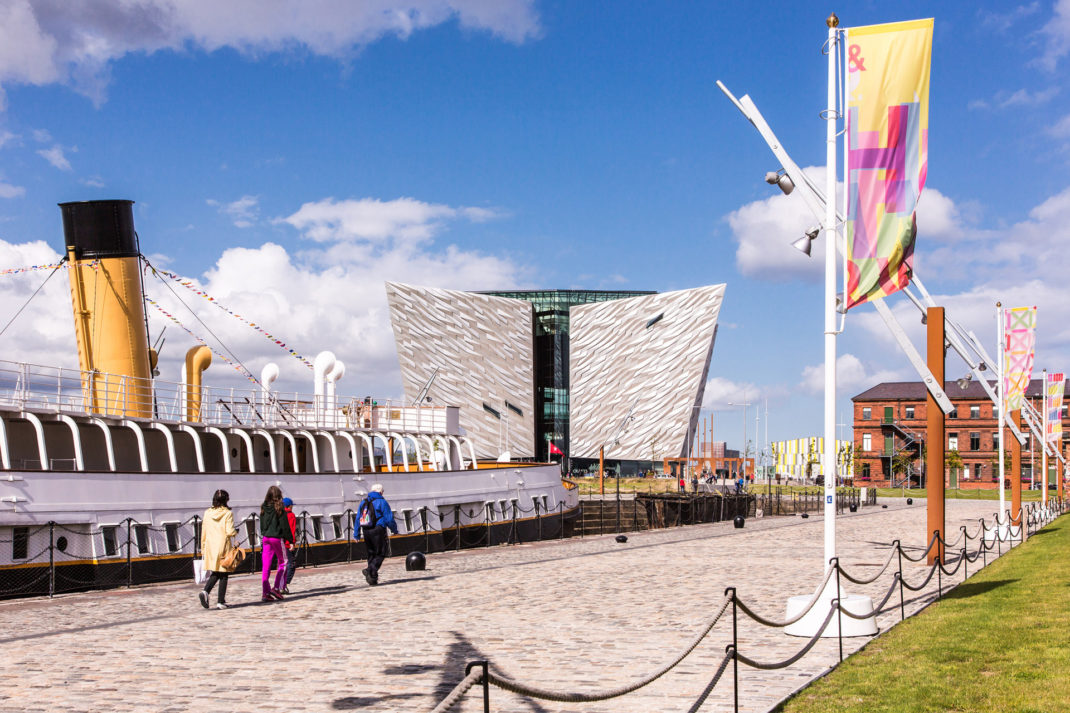Seeds of Change – The Importance of Flowers
By
4 years ago
The importance of wildflower meadows
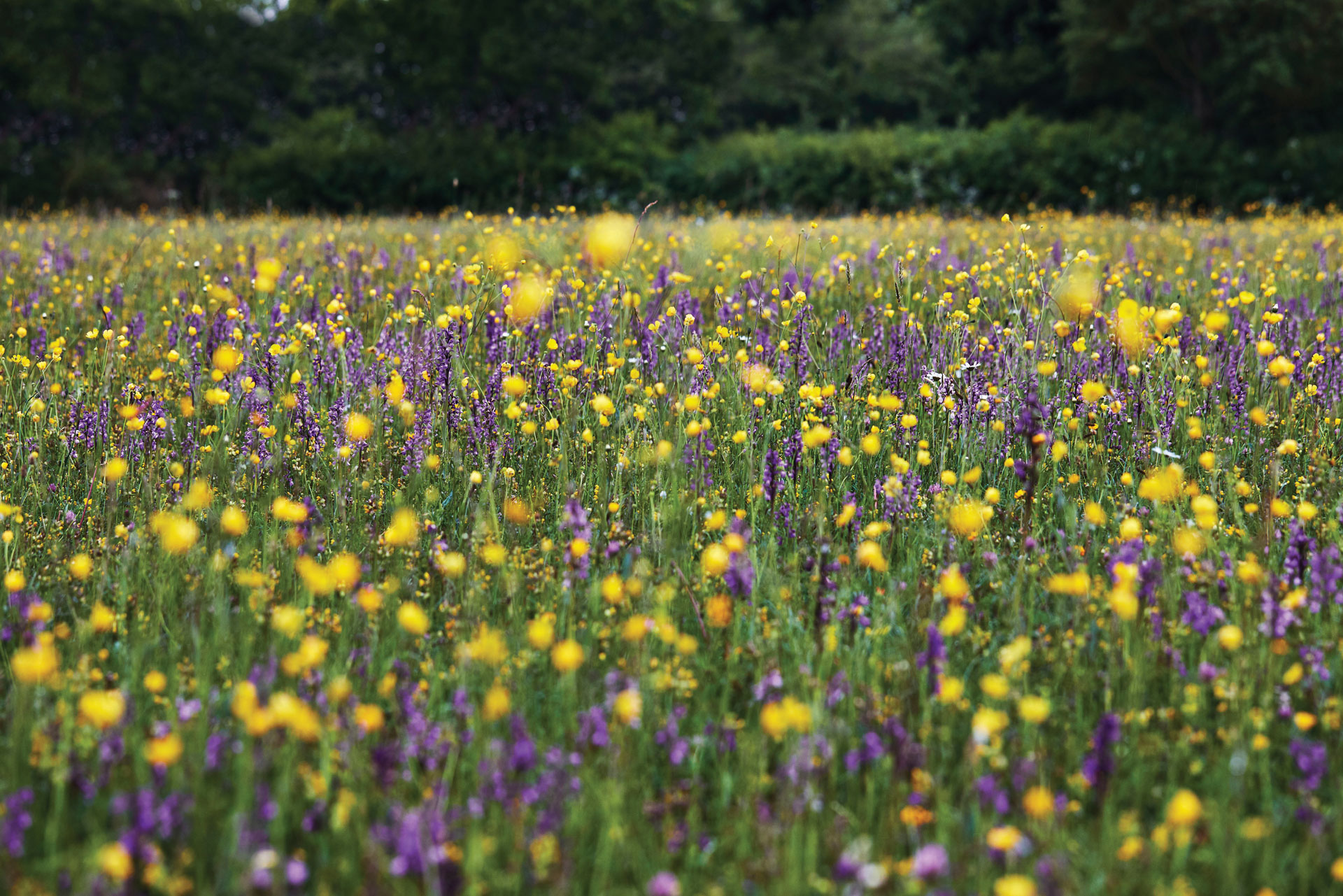
For decades, the UK’s wildflower meadows were decimated in the quest for production agricultural land. Trevor Dines explains why flowers are so important for the earth’s biodiversity, and how conservation charity Plantlife is creating new meadows in both town and countryside.
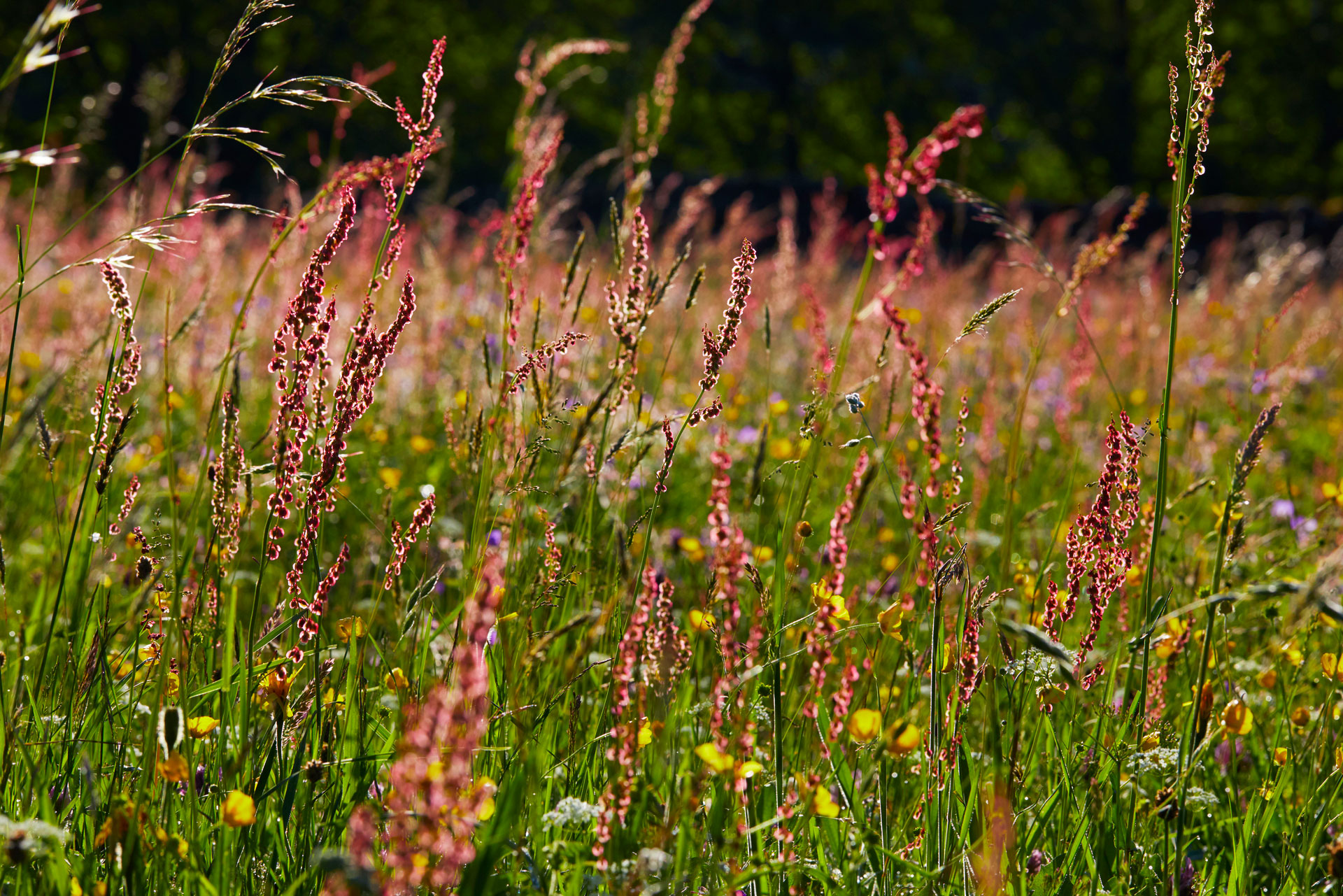
It’s a sparkling spring morning and I’m knee-deep in a field of flowers. Thousands of blooms are woven through the sward and there are even a few orchids, sprinkled around like priceless amethysts in a box of jewels. But what’s most remarkable is that just five years ago this field was devoid of colour. Like so many of our fields it was just a sea of grass.
This wholesale bleaching of colour from our countryside began in the 1930s, when flower-rich pastures and meadows began to be viewed as a sign of slovenly agriculture. Instead, it was recommended they should be ploughed up and the land used to grow crops or sown with quick-growing mixtures of ryegrass and white clover. These grass ‘leys’ can be cut for silage several times a year and grazed continually for many months, especially if heavily fertilised.
The result has been catastrophic for wildlife. Over 97 per cent of wildflower meadows and flower-rich pastures have been destroyed. That’s 7.5 million acres gone, an area 1.5 times the size of Wales. It’s difficult to grasp the impact on our countryside, but a colleague once told me their grandfather had been able to walk the 25 miles from Stratford-upon-Avon to Birmingham without placing a foot outside a flower- rich field. Today, probably less than a dozen of those fields survive.
London’s Best Sustainable Florists
By repeatedly cutting silage fields and grazing grassland too hard, wild flowers are prevented from blooming and setting seed. This simple, continual act of emasculation quickly extinguishes the diversity of life, reducing the number of species from around 30 per square yard in a wild flower meadow – one of the richest plant communities in Britain – to less than six.
And we’ve lost far more than just the flowers. Astonishingly, over 1,400 different species of butterflies, moths, beetles, bugs, grasshoppers and flies come to feed on the leaves, stems, flowers, fruits and roots. These insects in turn provide a feast for myriad other wildlife, from voles to meadow pipits.
From the first dandelions of February to the last ragworts of November, the ebb and flow of flowers reaches a crescendo in late May, when an acre of meadow can be home to two million individual flowers. These blooms produce over two pounds in weight of nectar sugar every day, enough to support nearly 83,000 pollinating bees. No wonder these meadows vibrate to the sound of insects as the air shimmers with their dances above the blooms.
In 2013, wildlife conservation charity Plantlife raised a clarion call over the fate of the UK’s meadows and its patron, HRH The Prince of Wales, suggested his mother’s coronation anniversary could be celebrated with ‘the creation of at least one new meadow in every county’.
The idea behind the Coronation Meadows is beautifully simple. An ancient flower-rich meadow has been selected as the flagship Coronation Meadow for each county, such as Joan’s Hill Farm for Herefordshire. Seed from this meadow is then harvested and used to create new Coronation Meadows nearby. This process, known as ‘natural seeding’, ensures new meadows establish quickly and preserves their local character and identity. After all, a Kent meadow with green-winged orchids and dyer’s-greenweed is very different to a Yorkshire meadow with wood crane’s-bill and melancholy thistle.
How to Attract Birds & Bees Into Your Garden
Today, over a hundred new meadows have been created, all the way from Consett in Northumberland to Green Park in the very heart of London. With these and other initiatives such as Magnificent Meadows, Plantlife has led the creation of over 12,000 acres of new wildflower meadows in the last seven years.
I’m extremely lucky that one of these is my own, created at our home in north Wales using seed from the Conwy Coronation Meadow. It’s been an inspirational journey involving Highland cows, cutting hay and hours of detailed monitoring. I’ve been amazed how quickly the meadow has evolved since we started in 2015.
Nearly a hundred species have now appeared, including betony, oxeye daisies and Devil’s-bit scabious along with rarer knotted clover and even, last year, the angel-like blooms of the greater butterfly orchid. But it’s the sheer abundance of flowers that takes your breath away. On that spring morning I was knee deep in a carpet of buttercups, cat’s-ear, red clover and yellow rattle, a meadow of nine million blooms. If we just give them a chance, the flowers will return.
The Making of Two Meadows
Joan’s Hill Farm, Woolhope, Herefordshire
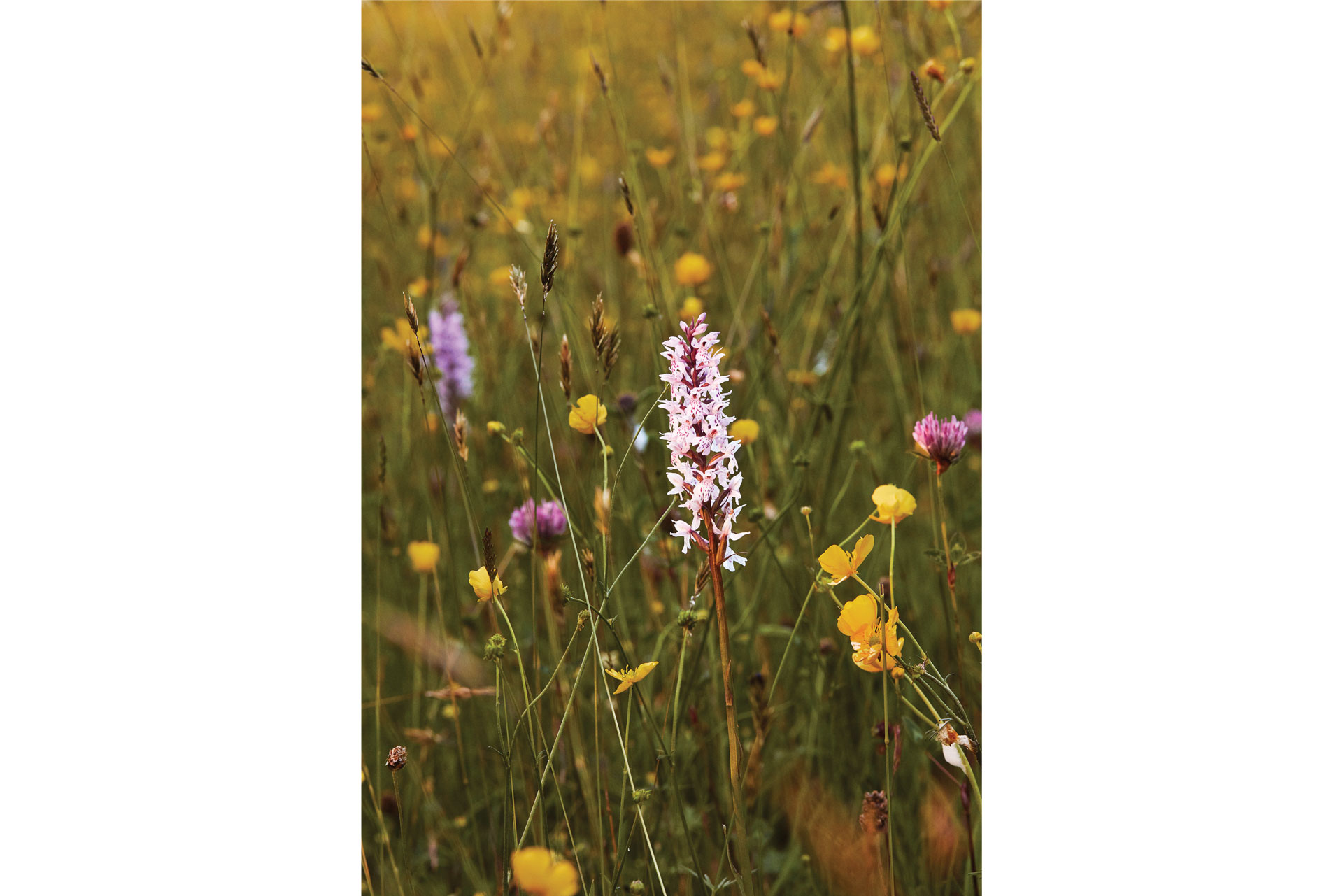
Most surviving ancient meadows are rare and tiny fragments of colour; small fields dotted here and there in the landscape. But Joan’s Hill Farm is different. It’s a landscape of colour, with field after rolling field filled with flowers. Surrounded by a thick barrier of dense woodland, it’s a secret, special place that recalls the spirit of former agricultural times.
The sheer quantity of common spotted orchid (Dactylorhiza fuchsii) in some places is breathtaking. Their lilac flowers are so thick on the ground that at times it’s impossible to put a foot down and you find yourself momentarily rooted to the spot. Common bird’s-foot trefoil (Lotus corniculatus), cat’s-ear (Hypochaeris radicata), tormentil (Potentilla erecta) and buttercups (Ranunculus sp.) provide a vibrant yellow counterpoint. Softened by clouds of oxeye daisies (Leucanthemum vulgare), the whole effect is mesmerising.
Rarer treasures nestle in the sward too. Dyer’s greenweed (Genista tinctoria), with spikes of gorse-like flowers, has been used since Saxon times to colour wool yellow or, when mixed with woad (Isatis tinctoria), a rich green colour. Greater butterfly orchids (Platanthera chlorantha) inexplicably appeared in one field recently and are gently spreading, raising their white angel-like flowers to the sky. And in autumn meadow saffron (Colchicum autumnale) burst from the ground, their vibrant pink flowers appearing without leaves and thus earning themselves the moniker of ‘naked ladies’.
Once the hay is harvested in late summer, cattle graze the grass before winter arrives. They’re allowed to roam as they like from field to field and it seems they take the flowers with them; many meadow plants are popping up in new homes.
The Queen’s Meadow, Green Park, London
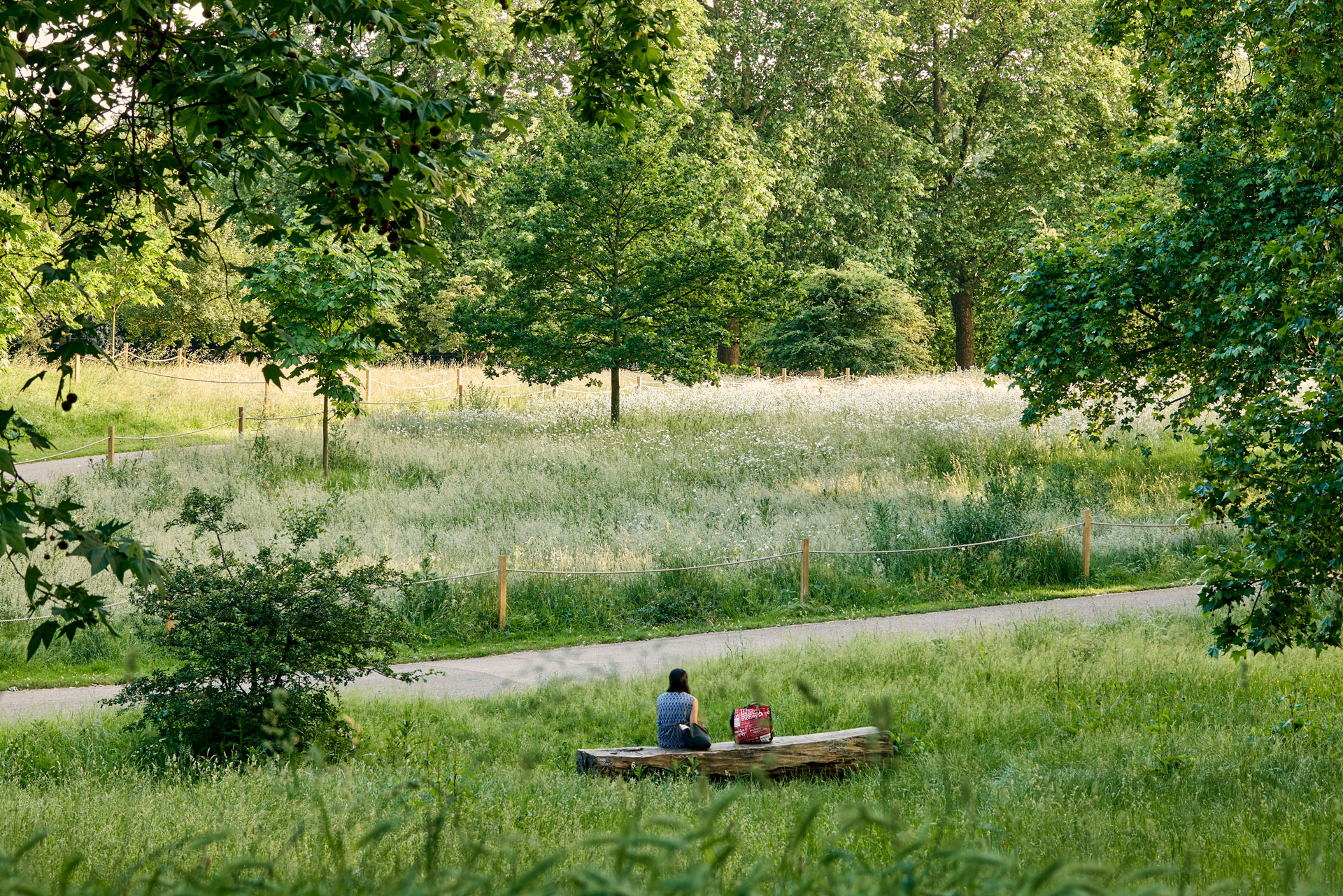
In September 2016, a team of ‘meadow makers’ – powerful horses, machines, a royal prince and people with excitement in their hearts – made their way to the very centre of London. Celebrating the Queen’s ninetieth birthday and the creation of over a thousand acres of new meadows across the UK, their aim was to sow the ninetieth new Coronation Meadow in a bustling corner of Green Park.
Preparations began early in the morning with a tractor breaking the ground with a power harrow. But a magnificent pair of shire horses – Aragon and Royale – stole the limelight, pulling an ancient set of harrows and scarifying the grass ready for seeding.
Seed for The Queen’s Meadow came from several ancient meadows in and around London, rich in flowers such as dyer’s greenweed (Genista tinctoria), yellow rattle (Rhinanthus minor), common knapweed (Centaurea nigra) and oxeye daisy (Leucanthemum vulgare).
With the precious seed loaded into wooden trugs, local children took centre stage, scattering seed onto the warm soil. They were helped in their endeavours by HRH The Prince of Wales and some of the farmers, meadow owners, volunteers and meadow champions involved with the Coronation Meadows project.
After the excitement of the day, a quiet calm descended on Green Park as the flowers started their invisible growth beneath the earth. It’s still early days for this young meadow – floral tapestries take time to be woven – but already The Queen’s Meadow is awash with oxeye daisy, yellow rattle, red clover (Trifolium pratense) and meadow buttercup (Ranunculus acris).
DISCOVER MORE:
Sustainable Gardening: A Guide / How Do Plants Benefit Our Health

